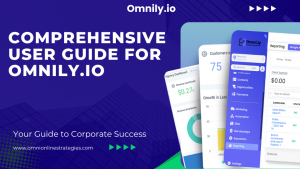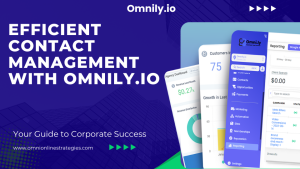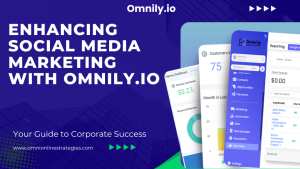In this blog post, we’ll explore the power of alternative data in business lending, including its potential benefits, challenges, and best practices.
The use of alternative data has gained popularity among lenders, particularly in the business lending sector. This blog post will delve deeper into the topic, exploring the power of alternative data in business lending and its potential benefits, challenges, and best practices.








